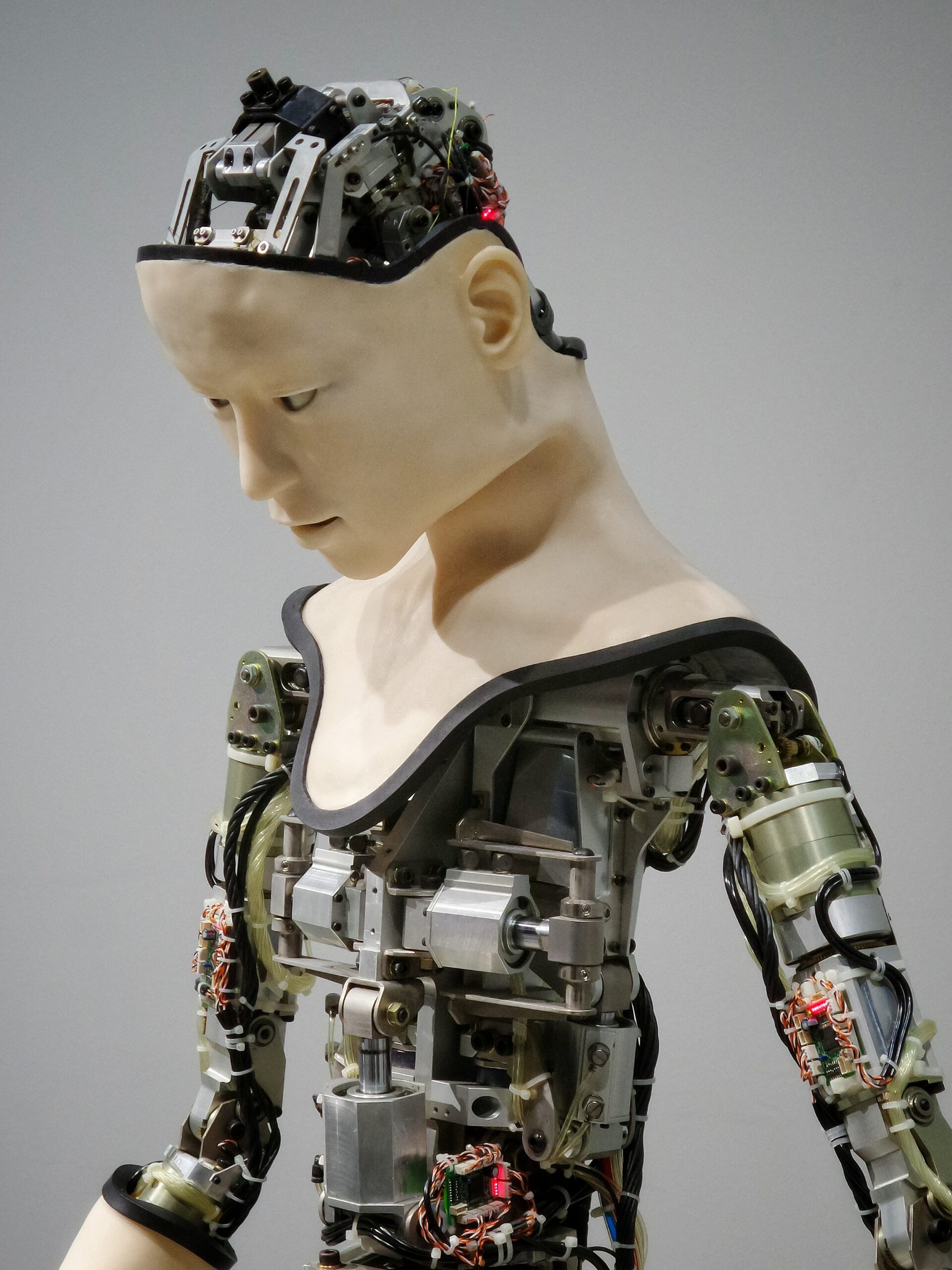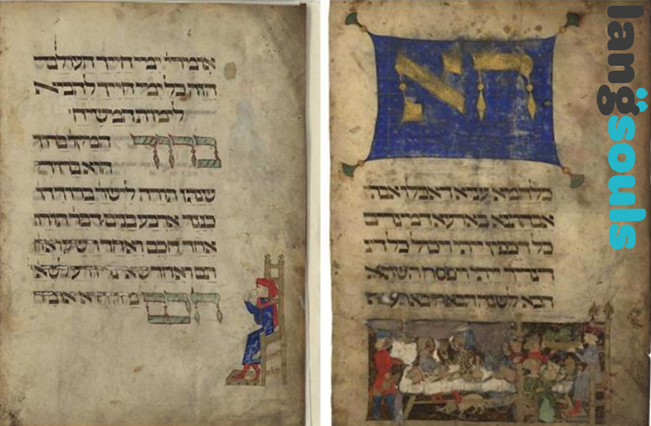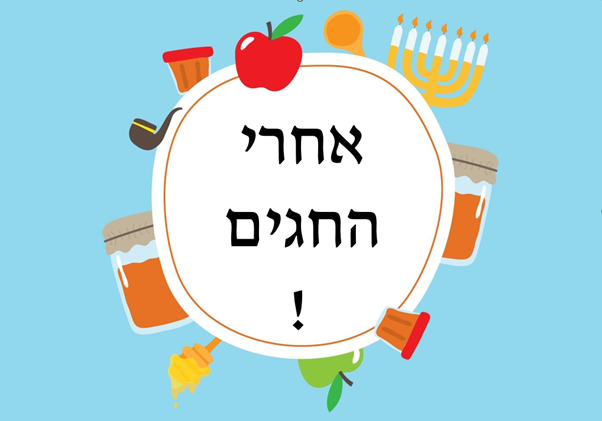Introduction:
In today’s interconnected world, where borders are increasingly blurred, communication is paramount. Language barriers can hinder effective global interaction, making translation a vital aspect of modern society. The rise of Artificial Intelligence (AI) has revolutionized the translation industry, with technology continuously evolving to meet the demands of a multilingual world. This blog explores the transformative power of AI in translation, highlighting how it has shaped the industry and why it will create more opportunities than it displaces.
CAT Tools: The Precursor to AI in Translation:
Translation companies initially relied on Computer-Assisted Translation (CAT) Tools as productivity enhancers. These tools, such as translation memory and terminology databases, facilitated faster and more consistent translations. While CAT Tools improved efficiency, they still required human translators to perform the actual work. However, their introduction laid the foundation for more advanced AI-based translation systems.
The Advent of Machine Translation (MT):
As technology advanced, Machine Translation (MT) became a game-changer in the translation industry. MT systems leverage AI algorithms to automatically translate text from one language to another. Early MT systems faced challenges due to inaccuracies and lack of contextual understanding. Nevertheless, with the advent of neural machine translation, powered by deep learning models, the quality of translations improved significantly.
Wide Adoption of MT Among LSPs and Translators:
Today, MT has become widely adopted among Language Service Providers (LSPs) and individual translators worldwide. AI-driven MT systems offer significant advantages in terms of speed, scalability, and cost-effectiveness. They can handle large volumes of content in multiple languages, making them ideal for global businesses, e-commerce platforms, and social media networks. Translators now use MT as a tool to enhance their productivity and focus on higher-value tasks.
The Role of ChatGPT and AI Tools in Translation:
The recent advancements in AI have given rise to powerful language models like ChatGPT, which can understand and generate human-like text. These AI tools are transforming the translation landscape by assisting translators in their work. ChatGPT can provide suggestions, improve sentence structure, and help translators with complex phrases or technical terminology. It serves as a collaborative partner, empowering translators to deliver more accurate and natural-sounding translations efficiently.
Enhanced Efficiency and Quality:
By harnessing AI tools, translators can significantly improve their productivity and accuracy. AI-based systems can process vast amounts of text in real-time, enabling faster turnaround times. Furthermore, they continuously learn from user feedback, enhancing their language capabilities and providing more accurate translations over time. This symbiotic relationship between AI and human translators augments the quality of translations, ensuring precise and culturally appropriate communication.
Job Creation and Collaboration:
Contrary to common misconceptions, AI tools and MT are not poised to replace human translators but rather augment their skills. AI systems cannot fully replicate human linguistic and cultural understanding. They lack the ability to grasp nuanced meanings, understand context, and adapt to evolving language trends. Human translators, with their expertise and cultural knowledge, are indispensable for delivering accurate and culturally sensitive translations. Consequently, the adoption of AI in translation creates new job opportunities and fosters collaboration between humans and machines.
New Translation Specializations:
AI-driven translation tools also open up new avenues for specialization within the industry. Translators can focus on post-editing machine-translated content, ensuring the accuracy and naturalness of the output. They can specialize in customizing AI systems for specific domains or industries, tailoring the output to meet specialized requirements. Moreover, translators can engage in quality assurance, terminology management, and linguistic consulting to ensure the highest standards in translation.
Conclusion:
The future of translation lies in embracing AI as a collaborative partner rather than a substitute for human translators. CAT Tools and MT systems have paved





